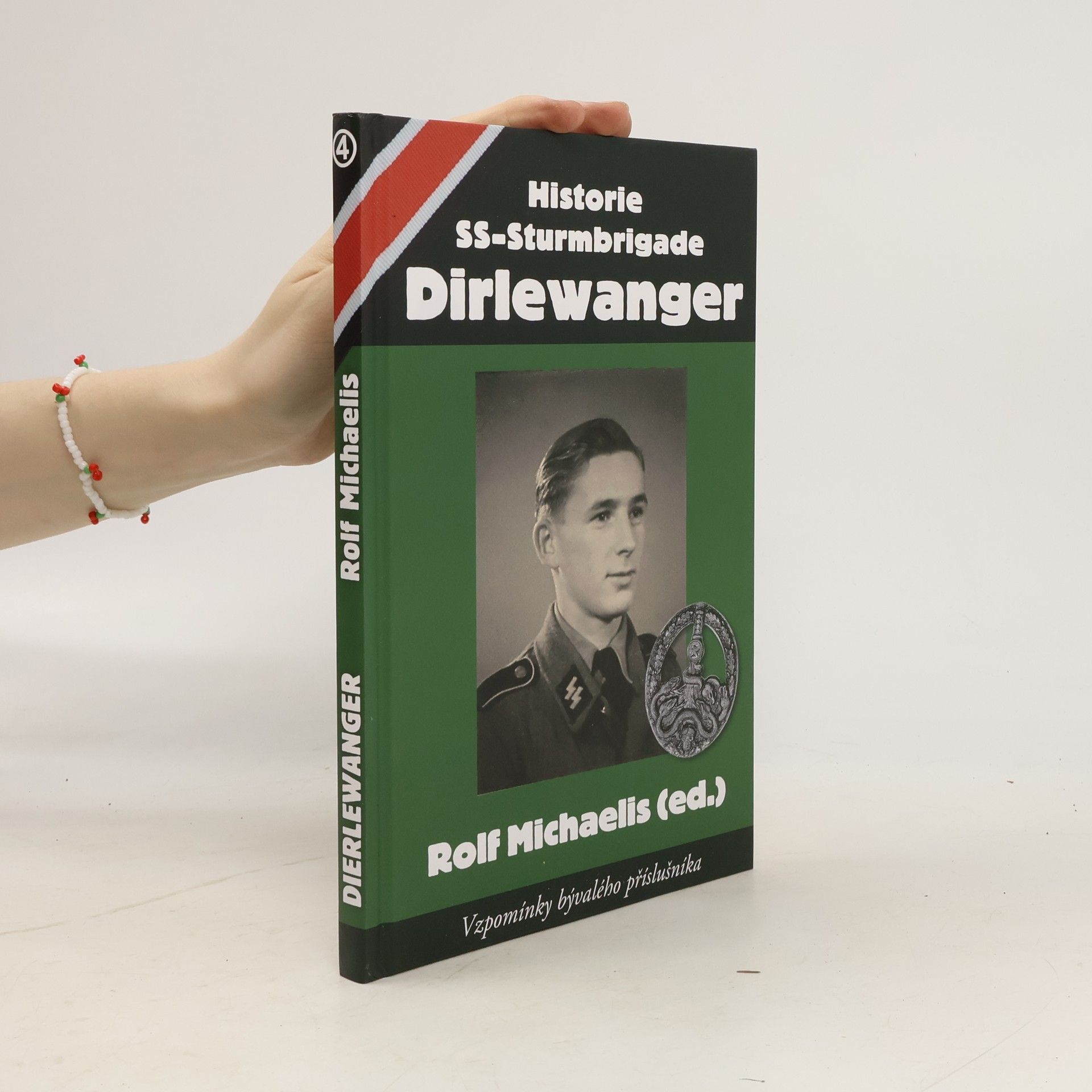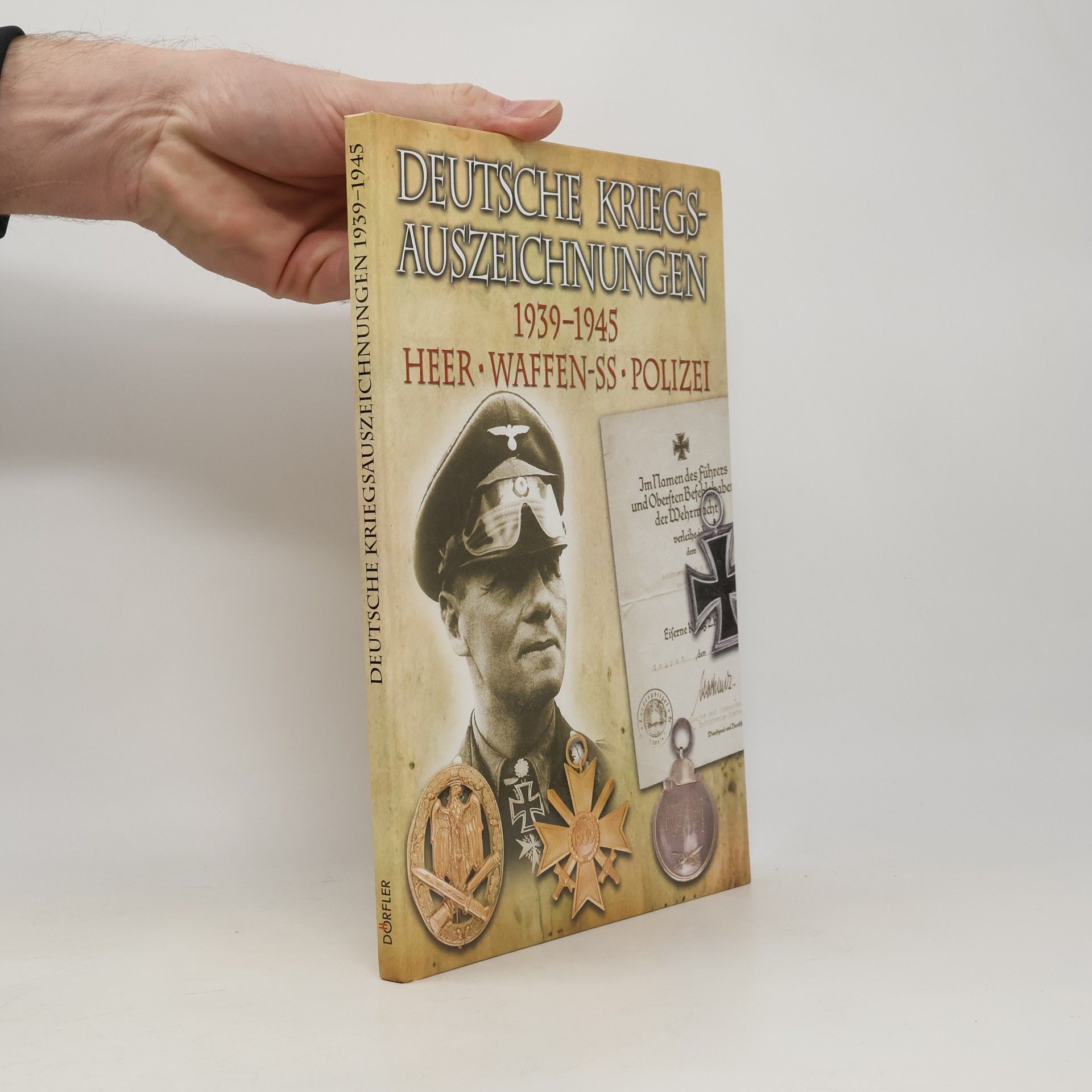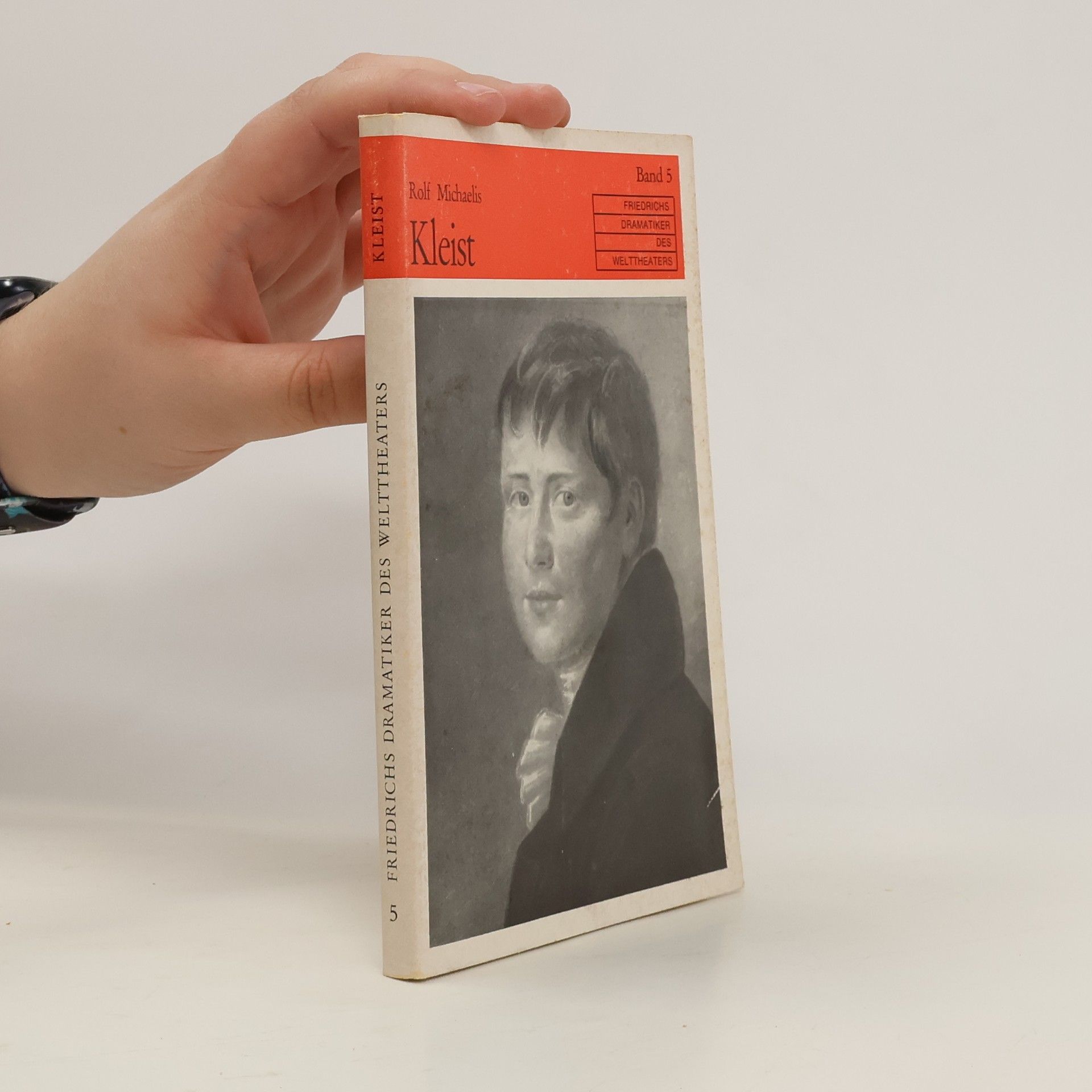STAHLHELM SERIES: THE HISTORY OF THE ARMED FORCES OF THE THIRD REICH. Fifty years after the end of World War II in Europe, it is felt imperative that the English-speaking world comprehend the perspectives of those who fought on the other (losing) side, which to a great extent can only be appreciated by a familiarity with their unique experiences, particularly on the decisive Eastern Front.
Rolf Michaelis Boeken






Die deutschen Kriegsauszeichnungen des Zweiten Weltkriegs sind auch heute noch, fast 70 Jahre nach dem Kriegsende, ein großes Sammel- und Interessengebiet. Das Eiserne Kreuz, das auch die Fahrzeuge der Bundeswehr heute noch ziert, ist wohlbekannt. In diesem Buch werden darüber hinaus auch die weniger bekannten Auszeichnungen, die an Angehörige des Heeres, der Waffen-SS oder der Ordnungspolizei verliehen werden konnten, genau beschrieben. Wann wurden sie gestiftet, für was wurden sie verliehen und in welcher Zahl? Hierbei ergänzen viele Fotografien und Dokumente sowie die Erinnerungen von Beliehenen die übersichtliche Dokumentation.
Die Aufstellung der Sondereinheit Dirlewanger geht auf eine kuriose Idee Adolf Hitlers zurück. Im März 1940 verfügte er, daß aus inhaftierten Wilderern SS-Scharfschützenkompanien gebildet werden sollen. Aus dem Wilddiebkommando Oranienburg entstand später das SS-Sonderkommando „Dirlewanger“. Besonders in der Partisanenbekämpfung erzielten Dirlewangers Männer große Erfolge. Die grobe Truppe machte sich durch ihr brutales Vorgehen einen Namen. Auch im Häuserkampf war rücksichtsloser Angriff von Vorteil. Dirlewanger wurde deshalb zusammen mit dem legendären Sturmbataillon 500 zur Niederschlagung des Warschauer Aufstandes eingesetzt. Dort verdiente er sich auch das Ritterkreuz des Eisernen Kreuzes. In den Kämpfen um Halbe wurde die SS-Sturmbrigade „Dirlewanger“ schließlich aufgerieben, viele Angehörige gingen in sowjetische Kriegsgefangenschaft.
Poemes von Tante Poemma
- 77bladzijden
- 3 uur lezen
German
Historie SS-Sturmbrigade Dirlewanger
Vzpomínky bývalého příslušníka
Die bedeutendste Zeitschrift der deutschen Klassik wird in einem originalgetreuen Nachdruck veröffentlicht. Sie diente als Forum für literarischen, philosophischen und ästhetischen Diskurs und war ein Vorbild für spätere literarische Zeitschriften.
Das Buch beleuchtet den kurzen, aber intensiven Kriegseinsatz des SS-Fallschirmjäger-Bataillons 500/600, das durch seine Rolle im Unternehmen "Rösselsprung" bekannt wurde. Es beschreibt Kämpfe an der Ostfront, die Ardennenoffensive und verlustreiche Aktionen in den Oder-Brückenköpfen, sowie die außergewöhnliche Motivation der Truppe.
Die 32. SS-Freiwilligen-Grenadier-Division "30. Januar"
- 110bladzijden
- 4 uur lezen
Die 32. SS-Division 30. Januar wurde im Frühjahr 1945 gegründet, um die Heeresgruppe Weichsel zu unterstützen. In intensiven Kämpfen gegen die Rote Armee kämpfte die Division an entscheidenden Fronten der Ostfront in den letzten Kriegswochen. Der Autor beleuchtet die Geschichte dieser bemerkenswerten Einheit mithilfe von Originaldokumenten und gibt einen Einblick in die Herausforderungen und Opfer, die die Soldaten während dieser turbulenten Zeit erlebten.

